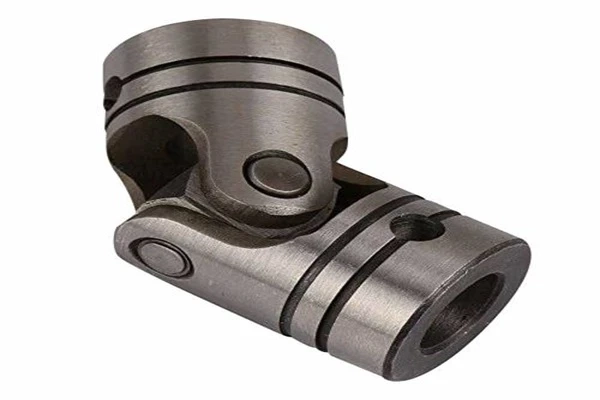In mechanical and structural engineering, efficient force transfer and management become crucial. Each and every joint, beam, and slave must coordinate to handle stresses imposed upon them. Considering the various joint types in a structural system, a pin joint is highly valued because it allows rotation between connected elements while still maintaining load-carrying integrity. This makes Pin Joints ideal for systems subjected to dynamic loading and variable stress patterns as they allow movement without losing structural strength.
How Rotation Supports Structural Balance
Pin joints rotate but do not transfer bending moments- a facility that truss and frame systems can take advantage of when subjected to loads that vary in intensity and direction. This rotation on a pin joint permits connected members to rotate around an axis and allows forces to be distributed in a more symmetrical pattern thus avoiding the concentration of stresses at the intersection of two fixed joints. This improves its reliability with enhanced resistance to long-term operating stress, especially in industrial, architectural, and mechanical applications.
Complementing Temporary Load-Bearing Systems
Construction uses temporary load-bearing systems. These systems need to be stable and balanced while holding the forms during the curing stage of concrete. This is where Centering Plates from Winntus Formwork System Pvt. Ltd. become important, as they distribute vertical loads equally across the support area. These plates achieve this by being combined with pivot-compatible frameworks to create a system that manages stress without any shift or unwanted deformation. Their strength lies in synergy-from the movement-allowing joints working together with them in effectively relieving vertical pressure during critical moments in a build.
Engineering Simplification Through Predictability
The introduction of pinned joints facilitates the engineering analysis and allows designers to consider each member as a two-force member only. This has the effect of reducing the complexity of analysis and, hence, the predictability of how the structure will behave under a given set of loads and conditions. For the engineers, this means that material selection and component positioning can be done more efficiently.
Adaptability in Modular Assemblies
Today, modular systems must be easy to assemble and disassemble with minimal re-engineering effort. Pin-connected assemblies are particularly useful in this respect as they allow for rapid on-site reconfiguration, especially when the structural layout must evolve during a project. The pin joints give the flexibility required for temporary structures, scaffolding frameworks, and mechanical installations that require periodic repositioning or realignment while active.
Reinforcing Strength in Vertical Form Systems
During setting, concrete forms in vertical construction need to stay rigid and aligned while resisting internal pressure acting outwards upon them. Such systems are purposely manufactured to ensure Column Formwork can withstand these conditions to shape and stabilize the concrete until it can self-support itself. Even though these systems rely on attachment and locking mechanisms rather than rotation-based joints, they still embody even stress distribution.
Avoiding Over-Constraint in Mechanical Structures
Excessive constraint often leads to unexpected internal stresses that can form cracks or early structural failure. Pin joints release those stresses that need not arise under controlled motion; hence, pin joints in particular become crucial in mechanical structures in which frequent movement, load shifts, and environmental changes are present. With the inclusion of joint systems providing some degree of rotational capacity at the connection points, the integrity of the materials involved is protected and, hence, the overall durability of the whole system is secured. Thus, these joints provide structural flexibility, offering safety and enhanced performance over time.
Application in Engineering Beyond Static Loads
The usage of joints with controlled motion is definitely beyond construction. Components often need to dynamically cooperate under a range of operational conditions when considered within aerospace, automotive, and manufacturing systems. Within this context, the principles behind pin joints equally apply. Although execution may differ, the intention is to enable movement where desired while firmly maintaining structural integrity.
Joint Cooperation That Fortifies the Whole
In structural design, real strength often resides in controlled flexibility. By way of free rotation and relieving internal stresses, pin joints are able to offer utmost contribution to the durability and balance of mechanical frameworks. Their participation in structural harmony is rather obvious being it from horizontal spans or interacting with stabilizing elements like centering plates. Then again, in column formwork, where these principles of even stress distribution are at stake, the rotation-based joints find application.



